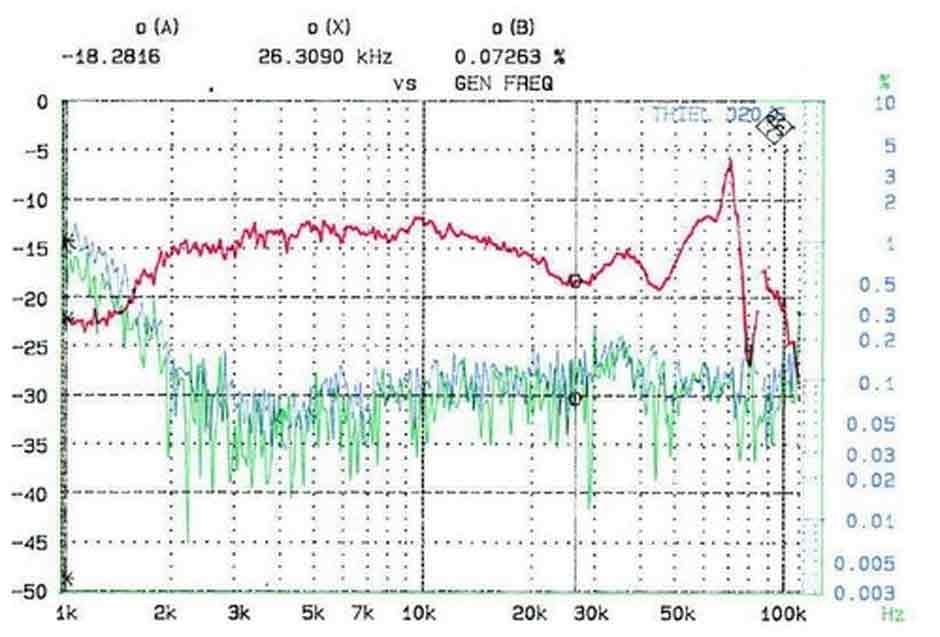DIamond Technology
What makes Accuton diamond tweeters so special?
The inspiration to create a tweeter with a pure diamond membrane came to CEO Adrian Bankewitz in 1999, after reading an article in Scientific American about a group around the physicist Prof. Dr. Peter Koidl that had succeeded in making plain disks of artificial CVD diamond.
So why is this material desirable for speaker engineers?
A thin dome of diamond is ideal for a tweeter because the stiffness to weight ratio of this material is unsurpassed, nothing comes close.
Our well established ceramic Al²O³ cone material comes in second best - and - with approximately the same ratio - Beryllium (a toxic substance not used by Accuton). The internal damping of Berylium however is inferior. This is often described as the “ringing” sound of Be cones.
After a lot of finite element simulation work and a patent application for diamond tweeters (DE 10049744), we built the first prototype with a small 20mm inverted diamond dome. We used a concave dome as in our ceramic tweeters because the moving part as a whole is more rigid and better damped than convex domes. Diamond tweeters also show a better dispersion and – due to the lower sag height – show lesser phase problems.
You can see the measurements of the first prototype in the diagram below. This is by the way a reproducible, real-world measurement and not the smoothed and photoshoped curve that is often seen in advertising.

You can see that SPL (red curve) shows a pretty smooth plateau from 2 kHz to 20 kHz with a slight drop of 3.5 dB per octave above 12 kHz which is predicted by simulation. The peak at 72 kHz is the cone breakup, above that frequency, the SPL drops rapidly to the end of the measuring range at 115 kHz. We know from other measurements that the frequency range of our 20mm diamond tweeter ends at approximately 130 kHz.
The most interesting parts of the diagram are the green and blue curves representing distortion factors K² and K³ which are uniformly on an extremely low level which is roughly one magnitude lower than conventional tweeters.
Can this be heard? Is the lower distortion an audible improvement?
Absolutely.
Here is our story: After the first pair of diamond tweeters had been built, we set up a listening test with almost the entire Accuton crew.
We took a loudspeaker set with normal tweeters similar in range and SPL and replaced those with the first diamonds. Then we started the music.
Everybody was tense with anticipation. After listening to a few bars of music someone said: “Stop, something must be wrong, I can't hear the tweeters.”
So we took the speakers back to the lab and remeasured both.
To everybody’s surprise, they were absolutely OK.
We continued the listening test and after a couple of well-known tunes, we realized that all of the music was there, all of the treble and all high frequencies were present - although one still could not hear the tweeters.
So the sonic character of our diamond tweeters is not, as you would expect, an overly “brilliant” or “crystal-clear” or “hard-as-diamond” sound, which in most cases is caused by a higher amount of harmonic distortion anyway.
It is actually the opposite. With a properly designed crossover, the diamonds simply disappear. Pure music remains. It is much more like being in a live concert where one can hear the instruments but not any speaker drivers.
This is a new way of relaxed listening and once you get used to it, you will suddenly discern more details than you have ever heard before on your old records; you will delve into acoustic rooms and spaces that were never there before – and – you will eventually realize how good or how humble the other parts of your listening equiment are.
This is also a very emotional and involving way to enjoy your music.
Once people have gotten aquainted to this smooth, natural and realistic sound, they will never go back to other more conventional technologies.
Accuton invented diamond tweeters more than ten years ago and built a couple of thousand tweeters and midranges in different sizes since.
We have never met nor heard of somebody parting with diamond speakers for sonic reasons, but we have hundreds of letters, emails and messages complementing this technological breakthrough.
To summarize: CVD diamond is definitely the best material for speaker membranes in the high frequency range. It’s stiffness to weight ratio is unsurpassed, the internal sound velocity unrivaled.
The inverted diamond dome in it’s elegant, shiny black appearance shows the high refraction of diamond and has serious advantages over a convex dome as used by others.
Accuton combines this design with oversized magnet – voice coil systems of great sophistication.
However, due to high costs and serious technical hurdles, we can to date, only make tweeter and small midrange units up to 90mm in membrane diameter.
These however are being built into the most respected reference loudspeakers of today’s high-end world.
Please note that our diamond speakers are only sold to loudspeaker producers.